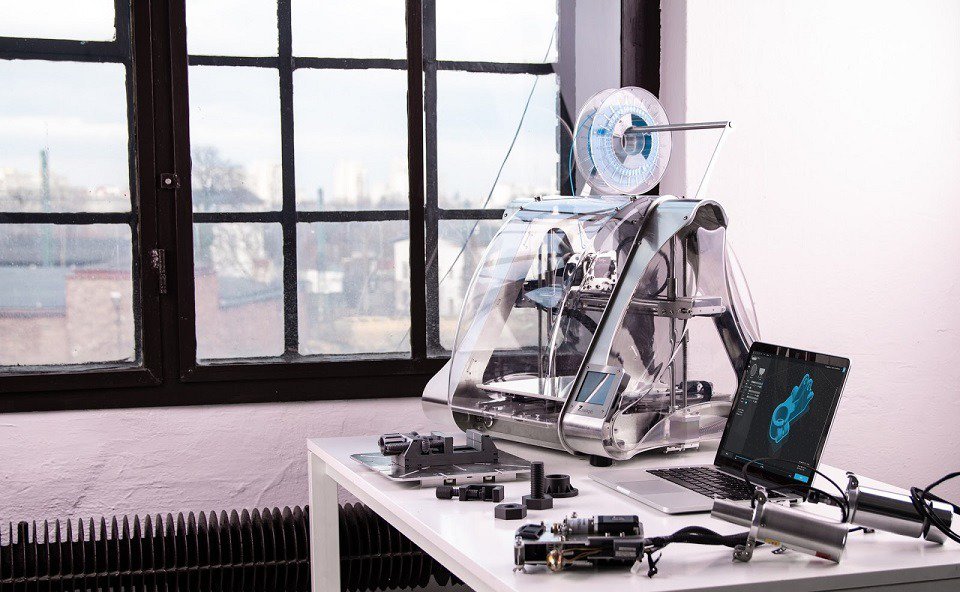CNC (computer numerical control) machining uses code controls to create metal fabrications. CNC uses a cutting head to make parts out of metal using a subtractive fabrication method. This means the material is removed during the production process, which is the opposite of 3D printing – an additive process.
How CNC Machines Operate
New CNC machines come completely automated and use an uploaded digital file filled with instructions to start cutting. Custom CNC machining services use a vast amount of tools to create one part. A coder would work hand in hand with a machinist to build code libraries and an auto-switch interface between multiple tools during manufacturing.
CAD Software
CNC machines require CAD software that you can download on your computer. This software creates a 3D model that will determine what your new product will look like down to the millimeter. Some programs come with CAM-CAD (CAD-CAM) packages, which are beneficial to the user because they won’t need to import a CAD file from a CAM software.
CAM Software
A CAM software acts as a troubleshooter by checking for errors before the fabrication process begins, while the CNC program acts to create the part. Both work in tandem with each other, and one can’t function without the other. After running the software, you must set parameters such as voltage, cutting speed, and RPMs on the machine itself.
Finally, the software will figure out a nesting point, which is where the machine starts to cut. You’ll want to take advantage of this step to get the most out of your materials. Said information is translated to another set of codes called G-codes and M-codes,
G-Codes and M-Codes
G-codes are essential for operating the cutting head’s speed and movement, while M-codes give the information to the G-code for processing. Even though the G-code is actually the one cutting, the G-code cannot understand the code unless it’s translated through M-code because the M-code includes information like program stops, tool change, coolants, and more.
Different CNC Machine Types
Milling
In milling, the operation cutting tool turns 360 degrees. It’s a universal creation method that includes face, chamfer, and end milling as well as boring, drilling, and tapping. It’s a quick method that can manufacture multiple complex parts. The primary disadvantage of this method is the waste it produces and the high equipment cost.
Turning
Milling and turning have essential differences between them, even though both are often placed under the same CNC umbrella. Turning rotates the workpiece tool used for cutting. It’s used to produce shafts because the rotating piece can chip off metal at close proximity, leading to high accuracy parts used for fittings.
Grinding
The grinding machine grinds against the surface to remove excess material for that high-grade precision finish found on many machine parts. Instead of creating an item out of raw materials alone, the CNC machine will grind it down and make it look more presentable.
Routing
Similar to milling machines because the rotating piece is still the cutting head. However, routing machines only work with softer materials and not metals. More delicate materials, like plastic, don’t require the same amount of accuracy in milling, so routing machines are often cheaper, use less power, and take less time to operate.
Drilling
Although milling equipment can produce holes, a drilling machine’s only job is to create holes. If you only need a CNC machine for one function, use a drilling machine because they’re much cheaper than milling. Drilling machines provide more accuracy than a manually made hole and makes more of them in an hour.
